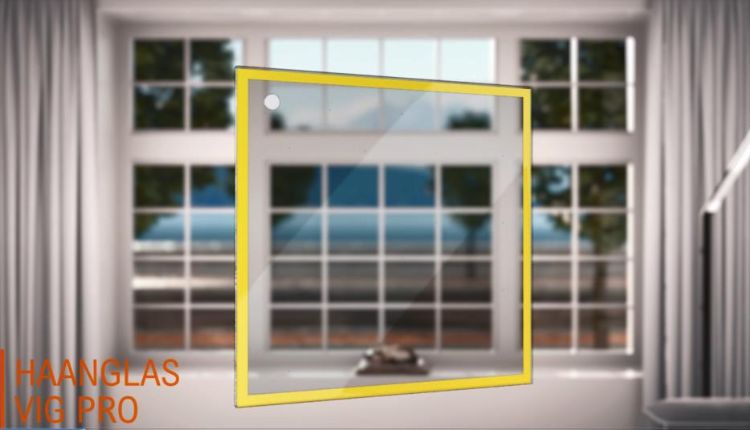The heritage challenge
Historic buildings enrich our cities—but underperforming windows often create drafts, condensation, and noise. Traditional triple glazing can overwhelm slender muntins and alter sightlines. Vacuum insulating glass (VIG) answers the call: top-tier thermal performance in an ultra-thin assembly that preserves original character.
Why VIG fits conservation goals
- Minimal visual impact: VIG’s thin profile respects proportions of steel, timber, and leaded glazing. Slimmer glass helps maintain the “lightness” that conservation officers look for.
- Condensation resistance: Warmer interior glass temperatures mitigate moisture on sills and sash, protecting timber and finishes.
- Acoustic improvement: The vacuum cavity disrupts sound paths; laminated glass can be added to tame traffic or tram noise—vital for museums, schools, and civic halls.
Roadmap to approvals
- Survey thoroughly: Measure rebate depths, record glazing bar dimensions, and photograph profiles. Propose reversible installations where feasible.
- Model performance: Show interior surface temperatures and dew point margins to protect heritage materials.
- Prototype: Provide a small on-site mock-up with matching putty lines, beads, and coatings to demonstrate visual fidelity.
Start your planning with Historical windows renovation—a conservation-focused overview of strategies, detailing examples, and common pitfalls to avoid:
Retain more of the original fabric
When frames are sound, a glass-only swap can deliver major gains with minimal intervention. This approach reduces embodied carbon and cost while honoring craftsmanship. For techniques and case-style methods, see VIG in windows restoration:
Design guidance for specifiers
- Coating selection: Balance SHGC, visible transmittance, and color rendering to match heritage glass appearance while improving performance.
- Edge detailing: Respect edge clearances and setting block positions to protect seals; use compatible sealants to avoid chemical attack.
- Sightline integrity: Confirm that bead and putty lines align with historic profiles; consider custom spacers or trims only where required.
Closing the loop with owners
Owners care about comfort, energy savings, and reduced maintenance. Share accessible explainers that translate performance into lived experience, such as The secret superpower of your windows: vacuum double glazing—why rooms feel warmer, quieter, and more usable near windows:
Conclusion
VIG enables respectful modernization: authentic aesthetics, better comfort, and lower energy, with reversible, low-impact installs that support conservation principles.
Relevant resources:







